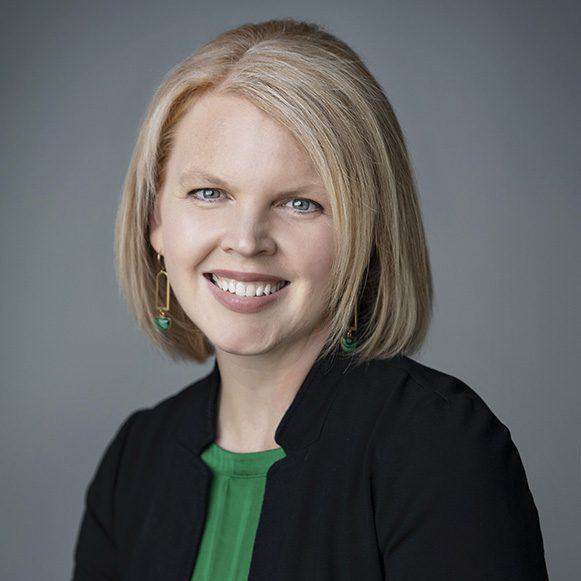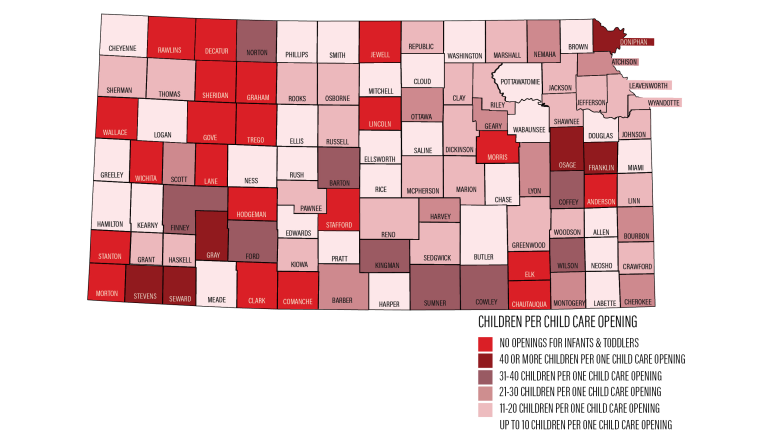Originally published in the Spring 2022 Issue of Kansas Child Magazine.
I’d be willing to wager that any working family with young children can tell you exactly how difficult it is to find child care right now. It’s even harder to find care that meets unique needs, such as overnight or weekend care, or specialized training for children with health or social emotional needs.
Across the state, Kansas communities are cobbling together a patchwork of public and private solutions to expand the supply of child care. Yet the common denominator for every community plan seems to center on workforce challenges.
Caring for and teaching young children is arguably the most important and foundational work of any society, and yet it’s not often valued as such. In 2019, the median wage for Kansas child care workers was $10.20 per hour, or about $21,200 per year. Add to that the labor shortage currently impacting all sectors of our economy, and we’re faced with child care programs struggling to attract and retain qualified staff coupled with chronic under-enrollment.
The child care industry – as it’s currently structured – simply can’t compete with other industries that can afford to pay more. Short-term pandemic relief funds offer us the opportunity to temporarily increase compensation, but this is a challenging proposition for child care businesses when long-term solutions aren’t yet in sight.
Ultimately, our communities are losing child care programs at a steady pace year over year, a trend that began well before the pandemic. If we want to reverse this trend for Kansas families and communities, we must rethink what it means to be an early care and education professional. Collectively, what value do we place on this work? How is this profession recognized, honored, and compensated?
Answering these questions requires thought and care. It’s not enough to simply change the ratios of children to adults, or to relax our expectations for training and preparation of early care and education professionals. Ninety percent of young children’s brain development occurs before the age of five; we stand to collectively benefit – as parents, employers, and communities – from making sure we place the best and brightest in our early care and education environments. We also benefit from ensuring that all young children have access to high-quality care, regardless of where they live or their parents’ income.
In the issue that follows, you’ll hear from experts from across the state and nation about the latest strategies to build a robust early care and education workforce. We’re at a crossroads with our child care system; we must act now if we hope to raise young Kansans that are ready to succeed in school and in life.
-

Kelly Davydov
Executive Director, Child Care Aware of Kansas
Kelly joined Child Care Aware of Kansas as executive director in September 2020. Kelly’s professional background includes leadership for two key initiatives in Iowa: the state’s early childhood system-building effort, Early Childhood Iowa, and its 2-Gen anti-poverty initiative. Kelly, her husband Dmitry, and their two sons, (Ethan, 15 and Henry, 12) have made Kansas City their new home. Together, they enjoy exploring state and national parks and farmers markets and spending their winter weekends poolside at swim meets.






